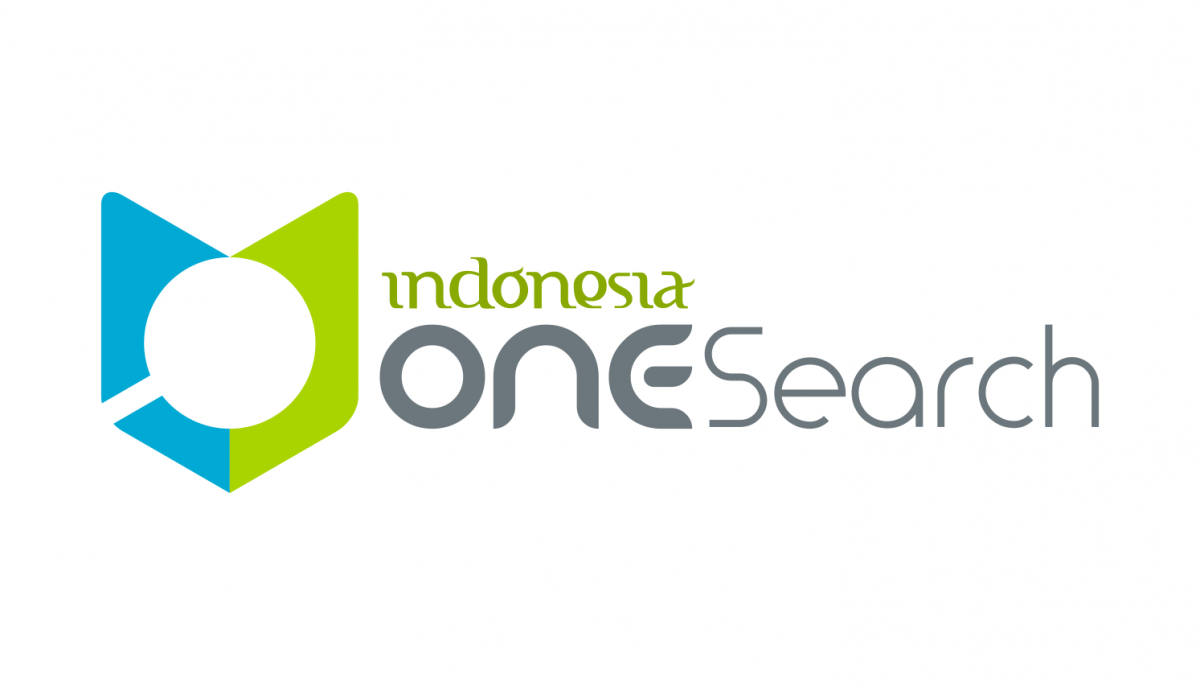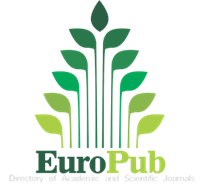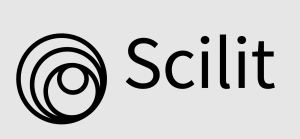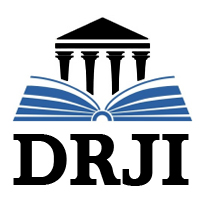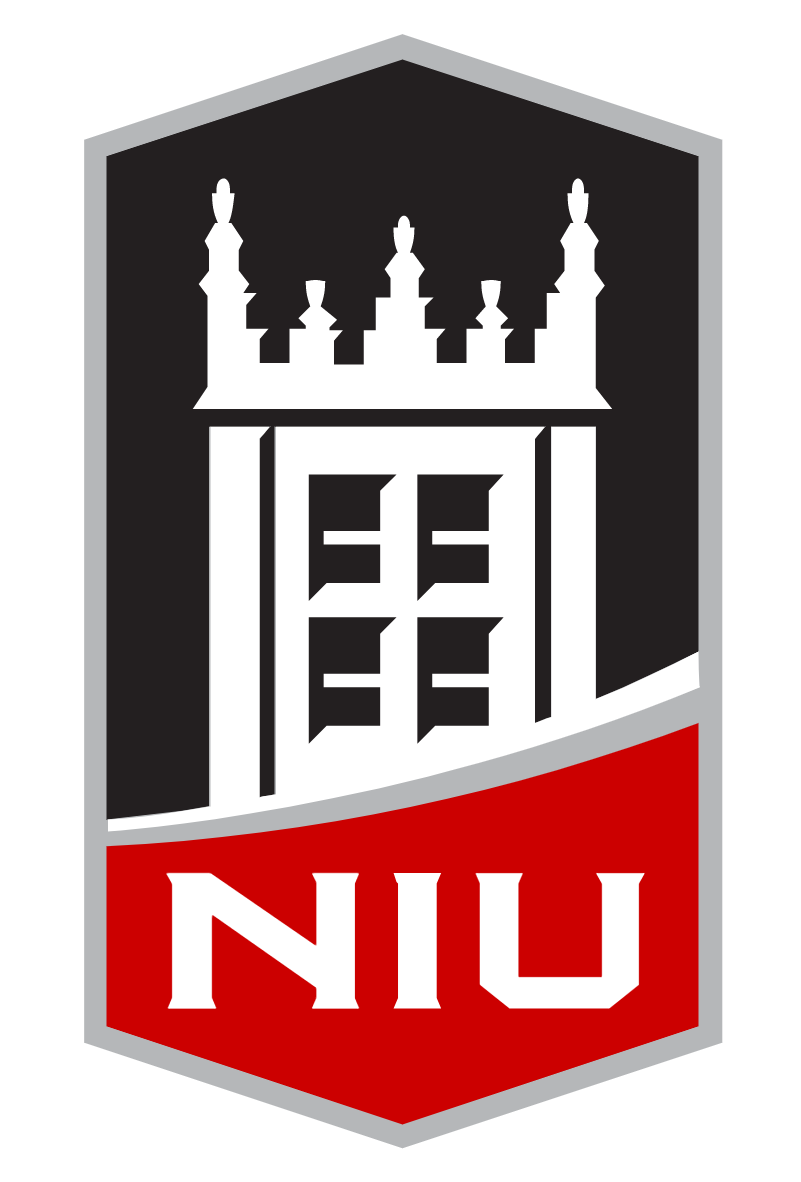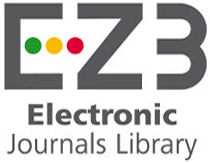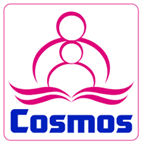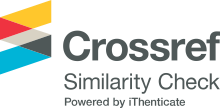Author Guidelines
Click here to download our instructions for authors (PDF)
Translation and Proofreading
For manuscripts which need translation and/or proofreading, the fee will be charged to the author(s).
A. Submission
Manuscripts are submitted through online submission.
For author submitting manuscript since July 2023, Journal of General-Procedural Dermatology & Venerology Indonesia will charge a submission fee of 20 USD (200 thousand IDR).
After clicking submit, author should attach the following data as additional files:
- Cover letter
- Study Ethics/informed consent
- Full resolution photographs included in the manuscript (if any)
- Licensing terms and conditions
- Author consent form
- Author Checklist form
- COI disclosure
Please notice that the maximum file size for manuscript is 5MB, full resolution photographs should be uploaded separately as additional files. Manuscripts must be written in American English. All authors should guarantee that the manuscript is original, has never been published, and will never be submitted elsewhere by filling the "Author Consent Form" form including description of Authors' Contributions.
The format for additional documents can be found here
If you have any difficulties please , please contact the editors.
B. General Principles
Manuscripts should be written with Arial font size 10 pt, single spacing, left and right aligned, on one sided page and A4 paper. Upper margin should be 3.5 cm or (1.38 inch), bottom margin 2.5 cm or (0.99 inch), left and right margin 2 cm or (0.79 inch) each. All pages must be numbered on the bottom right-hand corner.
Make sure that the manuscript is written in American English with the Standard English Grammar used. Manuscripts should be written in a clear, concise, and direct style. Products written in the manuscript must be referred to by its generic names. If the name of product should be written. Inside the manuscript, please include the name of manufacturer and country. (Example: Tewameter® (Courage+Khazaka Electronic GmbH, Germany). The using of species' common name must be followed by its scientific names in parentheses.
To reduce repetition of long terms, the using of abbreviations are allowed. Use full terms initially then followed by its abbreviation in parentheses. Thereafter authors can use the abbreviation only. Terms/foreign language must be written in italics.
Generally, the manuscripts should be divided in sections with these following headings: Background, Methods, Results, Discussion, and Conclusion.
C. Ethical Consideration
It must be stated that all the protocols for research project have been approved by Ethic Committee of the institution. Research that includes human subjects must preserve anonymity of the subjects and a statement that all subjects gave informed consent. Ethical approval must be included in supplemental content
D. Parts of Manuscripts
Original Articles
Max. 6000 words from background until conclusion
- Abstract: maximum 250 words, consists of summary of the study, divided by subheadings Background, Methods, Results, and Conclusion. Keywords must be provided below the abstract.
- Background: 1-3 paragraphs consist of the background of the study, objectives of the study, and hypothesis which will be proved or questions which will be answered with the study. Background should show the state of art of the research, novelty of the manuscript and the gap analysis.
- Methods: explains the details on how the study was conducted. Statistical methods of the study must be explained in this section including the software used. Statistical terms, symbols, and abbreviations should be defined clearly. Ethical clearance number must be state in the text.
- Results
- Discussion
- Conclusion: objectives of the study related to the conclusion
- Acknowledgments
- Funding
- Author Contributions
- Conflict of Interests
- References
Case Report & Case Series
Max. 4000 words from background until conclusion
- Abstract: maximum 250 words consist of summary of the problem considered and how the study was performed, divided by subheadings Background, Case Illustration, Discussion, and Conclusion. Keywords must be provided below the abstract.
- Background: 1-2 paragraphs consist of the explanation of the main problem and the purpose of the case report.
- Case illustration: Patient’s informed consent information must be uploaded in the supplemental content and stated in this section.
- Discussion
- Conclusion
- Acknowledgments
- Funding
- Author Contributions
- Conflict of Interests
- References
Evidence-Based Case Report
Max. 3000 words from background until conclusion
- Abstract: maximum 250 words consist of summary of the problem considered and how the study was performed, divided by subheadings Background, Case Illustration, Discussion, and Conclusion. Keywords must be provided below the abstract.
- Background: explanation of the main problem and the purpose of the case report. Brief description of the background of the study.
- Methods
- Results
- Discussion
- Conclusion
- Acknowledgments
- Funding
- Author Contributions
- Conflict of Interests
- References
Review Article
Max. 7000 words from background until conclusion
- Abstract: maximum 250 words, consists of summary of the problem considered and how the study was performed. This section divided by subheadings: Background, Discussion, Conclusion. Keywords must be provided below the abstract.
- Background: consist of 1 - 3 paragraphs of the main problem and the purpose of the review article.
- Content: consists of comprehensive analysis of the topics.
- Conclusion
- Acknowledgments
- Author Contributions
- Conflict of Interests
- References
Systematic Review
Template for Systematic Review
Max. 12000 words
- Abstract: maximum 250 words, consists of summary of the problem considered and how the study was performed. Keywords must be provided below the abstract.
- Background: consist of 1 - 3 paragraphs of the main problem and the purpose of the systematic review.
- Methods
- Discussion
- Conclusion
- Acknowledgments
- Author Contributions
- Conflict of Interests
- References
Brief Communication
Template for Brief Communication
Max. 3000 words from background until conclusion
- Abstract: maximum 250 words, consists of brief explanations about the content of the text. Written as a single section without divided any subheadings.
- Keywords must be provided below the abstract.
- Background
- Material and methods
- Results: maximum of 3 figures or tables are allowed.
- Discussion
- Conclusion
- Acknowledgments
- Funding
- Author Contribution
- Conflict of Interests
- References
Letters to the Editor
Max. 2000 words
Letters to the Editor can provide additional comment on an article published in Journal of General-Procedural Dermatology and Venereology Indonesia (JDVI) can be a very concise report on study findings.
- Main text: consists of body of the article, without an abstract.
- Acknowledgement
- Funding
- Conflict of interests
- References
Result (12 pt, bold)
(One blank line, 10 pt font before the next paragraph)
Data presented in the result should have been processed, and can be presented in forms of tables or figures.
Discussion (12 pt, bold)
(One blank line, 10 pt font before the next paragraph)
Discussion should focus on the study/case. The correlation between the result and hypothesis should be explored. The result should be compared with other studies. The implication of the study, both theoretically and implementation, should be discussed. Limitation of the study must be stated in the last paragraph.
Figures and Tables (12 pt, bold)
(One blank line, 10 pt font before the next paragraph)
All figures must be mentioned in the paragraph correlated to them and numbered consecutively in the text with Arabic number below the figure. Images must be supplied as JPEG or GIF files with minimum resolution of 300 dpi for black and white images, and 600 dpi for colour images. All figures must be supplied as a separate file with each figure labelled as Figure 1, Figure 2, etc. The figures must be stated on the manuscript. Images should be cropped sufficiently to prevent recognition of the subject. The use of eye bar is acceptable. The consent from the subjects/patients whose images are used is needed. Tables should be self-explanatory. The data contained in the tables must not be duplicated within text and figures. All tables must be mentioned in the paragraph correlated to them. Tables should be written with Arial font and the font size is 10 pt with single spacing (table 1). Tables must be numbered consecutively in the text in Arabic number. Any abbreviation in the table and figure should be explained at the bottom of the table (table 2).
Acknowledgments (12 pt, bold)
(One blank line, 10 pt font before the next paragraph)
Acknowledgments must be written in the manuscript. People who contributed to the study but does not meet the criteria for authorship must be acknowledged and listed. If there are no acknowledgments, the author should state as “None”.
Funding (12 pt, bold)
(One blank line, 10 pt font before the next paragraph)
Funding sources or financial grants for the work should be described specifically with explanations of the role of those sources and the authors should declare that the supporting sources had no conflict of interest nor involvement in the results of the study. This statement should be written separately and limited to the funding for the work. Authors must declare the funding body of the study, grant number, and year. If there are no funding source, the author should state as “None”.
Author Contributions (12 pt, bold)
(One blank line, 10 pt font before the next paragraph)
Author contributions must be written in manuscript. Please state in initials which author(s) conceived the ideas, collected the data, analysed the data, and collected the writing. According to ICMJE guidelines, an “author” should:
- have made substantial contributions to conception and design, or acquisition of data, or analysis and interpretation of data
- have been involved in drafting the manuscript or revising it critically for important intellectual content
- have given final approval of the version to be published
- agree to be accountable for all aspects of the work in ensuring that questions related to the accuracy or integrity of any part of the work are appropriately investigated and resolved.
Example:
All authors act as the guarantor of the manuscript. SW is the main investigator of this study. EM, MM, CO, DS, and SLM participated in the conception, data acquisition, data interpretation, and writing of the study. SW, CO and DS participated in data analysis and statistical analysis of the study.
Conflict of Interest (12 pt, bold)
(One blank line, 10 pt font before the next paragraph)
Conflict of interest must be written. This part should declare authors’ conflicts of interest, including sources of support for the work. Each author should submit a separate form of ICMJE Conflict of Interests http://www.icmje.org/conflicts-of-interest/ and send it together at submission. Please write the disclosure statement from the ICMJE form in this part. If a certain pharmacy sponsored product to be used as a treatment of the study, the pharmacy must be listed as conflict of interest. If there is no conflict of interest, the author should state as “No conflict of interest”.
References (12 pt, bold)
(One blank line, 10 pt font before the next paragraph)
Vancouver system of referencing is required. For details in Vancouver system of referencing please refer to Vancouver reference guide (Attachment 1).
The ratio between primary references and secondary references should be at least 80% with references must be within the last decade. If the references is older than 10 years it should not exceed more than 10%. In the text, references must be cited using superscript Arabic numeral sequentially as they appear in the text. For references cited in tables and figures (including one in their legends and footnotes), must be numbered sequentially according to the place where the table or figure is first cited. All citations mentioned in the text must be listed. Authors are recommended to use reference management software, in writing the citations and references such as: Mendeley®, Zotero®, EndNote®, and Reference Manager®. The number of references recommended are stated below in the attachment.
Example of references:
- Journal ≤ 6 author :
Leung AKC, Lam JM, Leong KF. Scabies: A neglected global disease. Curr Pediatr Rev. 2020;16:33–42
- Book or Journal > 6 author
Williams H, Bigby M, Herxheimer A, et al. Evidence-based dermatology. 3rd ed. Hoboken: Wiley; 2014.
- Book:
Goh C, Cheng C, Agak G, et al. Acne vulgaris. In: Kang S, Amagai M, Bruckner AL, et al. editors. Fitzpatrick’s dermatology. 9th ed. New York: McGraw Hill Education; 2019; p.1391-418.
- Chapter in Book:
Farage MA, Miller KW, Sobel JD. The vaginal microbiota in menopause. In: Farage MA, Miller KW, Maibach HI, editors. Textbook of aging skin. Philadelphia: Springer-Verlag Berlin Heidelberg; 2010. p.883-94.
- Conference Proceedings Online:
Dyall-Smith D, Marks S, editors. Dermatology at the millennium: The proceedings of the 19th World Congress of Dermatology [internet]; 1997 June 15-20; Sidney, Australia. New York: Parthenon Pub. Group; 1999. [cited 2021 Oct 12]. Available from: https://catalogue.nla.gov.au/Record/2989575.
- Journal Online:
Alikhan A. Hidradenitis suppurativa. JAMA Dermatol [internet]. 2016 [cited 2021 Oct 12];152(6):736. Available from: https://jamanetwork.com/journals/jamadermatology/fullarticle/2527543.
- Journal in Non-English:
Arisanty R, Tanurahardja B. Profil keganasan primer kulit tersering di departemen patologi anatomik Rumah Sakit Cipto Mangunkusumo tahun 2005-2009. Majalah Patologi Indonesia. 2011;20(1):14-20. Indonesian.
- Guideline:
Soegito TL, Boediardja SA, Wisesa TW, Prihianti S, Agustin T. Buku panduan dermatitis atopik: Diagnosis dan tatalaksana. Jakarta: Balai Penerbit Fakultas Kedokteran Universitas Indonesia; 2011. Indonesian.
- Thesis or dissertation in English language
Gånemo A. Hereditary ichthyosis: Causes, skin manifestations, treatments and quality of life [dissertation]. Sweden: Uppsala University; 2002.
- Thesis or dissertation in non-English language
Rahmatina. Uji validitas dan reliabilitas dermatology life quality index (DLQI) berbahasa Indonesia pada pasien Poliklinik Ilmu Kesehatan Kulit dan Kelamin Rumah Sakit Dr. Cipto Mangunkusumo [thesis]. Jakarta: Universitas Indonesia; 2013. Indonesian.
- Webpage:
National Center for Health Statistics. Dermatology fact sheet from the National Ambulatory Medical Care Survey [internet]. Atlanta: Centers for Disease Control and Prevention (US); [reviewed 2021 Feb 15; cited 2021 Oct 12]. Available from: https://www.cdc.gov/nchs/data/namcs/factsheets/NAMCS_2015_16_Dermatology-508.pdf.
To see further example, please refer to instruction for author.
E. Part of Manuscript
The Manuscript begin with a title page which contains:
- Title of the article
- Full name, institution, city, and country of all Authors
- Full name, address, e-mail address, telephone number of the corresponding authors
F. Submission Preparation Checklist
As part of the submission process, authors are required to check off their submission's compliance with all of the following items, and submissions may be returned to authors that do not adhere to these guidelines.
- The material has not been previously published and is not under simultaneous consideration for publication elsewhere
- The submission file is in OpenOffice, Microsoft Word, RTF, or WordPerfect document file format.
- Where available, URLs for the references have been provided.
- The text is single-spaced; uses a 10-point font; employs italics, rather than underlining (except with URL addresses); and all illustrations, figures, and tables are placed within the text at the appropriate points, rather than at the end.
- The text adheres to the stylistic and bibliographic requirements outlined in the Author Guidelines.
G. Privacy Statement
The names and email addresses entered in this journal site will be used exclusively for the stated purposes of this journal and will not be made available for any other purposes or to any other parties.















